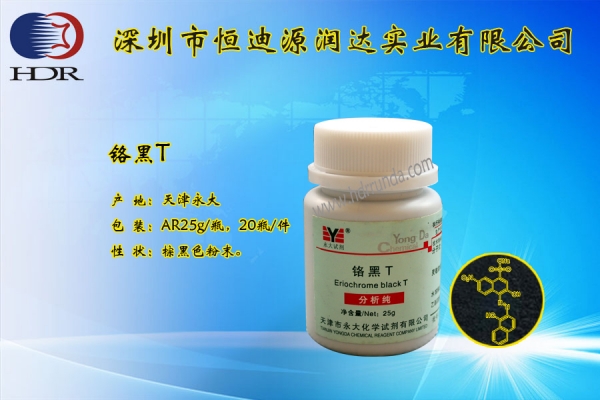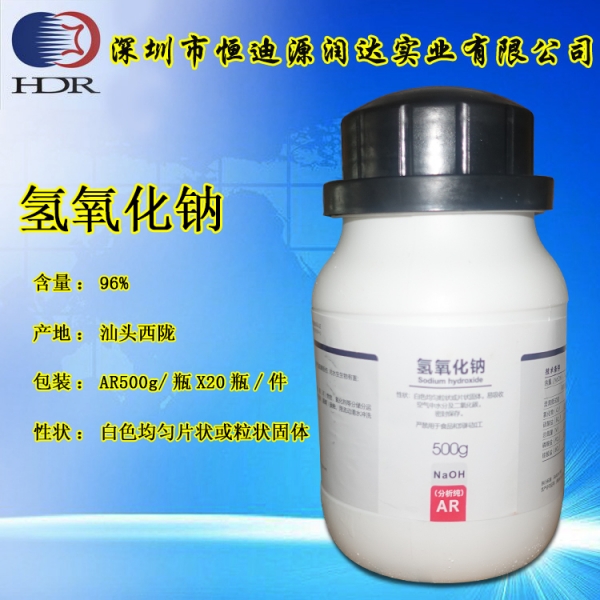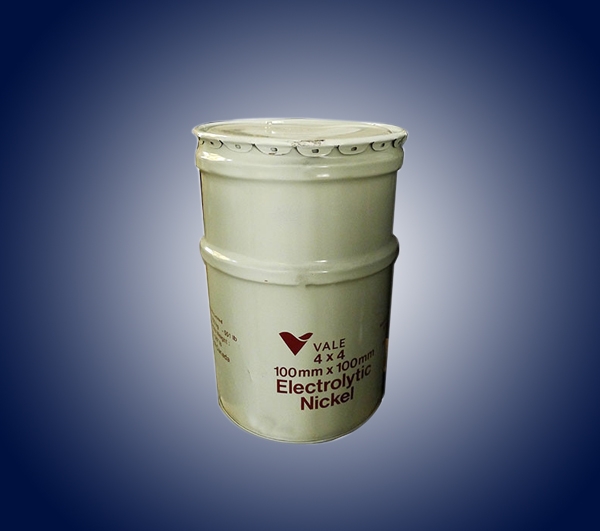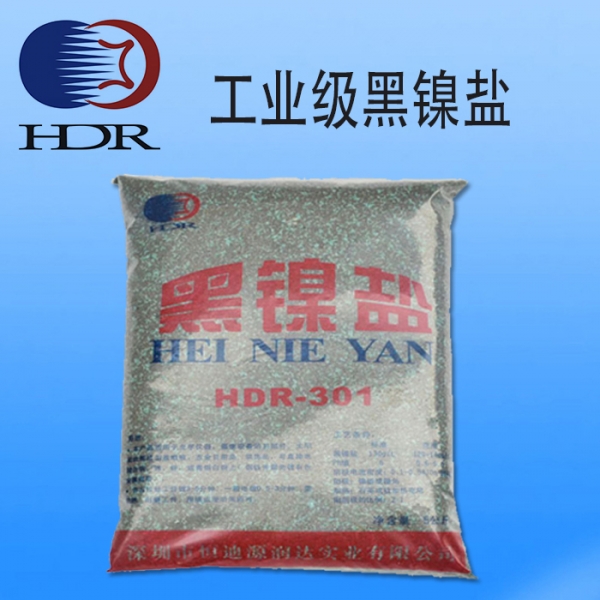Mechanism characteristics of electroless nickel plating
The mechanism of
Electroless nickel plating is the reduction and deposition of nickel ions in solution on a surface with catalytic activity by means of a reducing agent.Electroless nickel plating can choose a variety of reducing agents, at present, the most common industrial application of sodium subphosphate as a reducing agent of electroless nickel plating process, its reaction mechanism, generally accepted is the "atomic hydrogen theory" and "hydride theory".
1. Atomic hydrogen theory
According to the atomic hydrogen theory, Ni2+ in solution is reduced to nickel by the atomic active hydrogen released by reducing agent sodium hypophosphate (NaH2P02), instead of H2PO2- directly interacting with Ni2+.
First, under the condition of heating, sodium hypophosphate releases atomic hydrogen from water on the catalytic surface, or from H 2 p 2- catalytic dehydrogenation to produce atomic hydrogen, i.e

Then, the H atom adsorbed on the active metal surface reduced Ni2+ to deposit the metal Ni on the plating surface.At the same time, the subphosphate is reduced to phosphorus by atomic hydrogen, or phosphorus is deposited by self-redox reaction. The precipitation of H2 can be either generated by the hydrolysis of H2POf, or formed by the combination of hydrogen in the atomic state.
2. Hydride theory
According to the hydride theory, sodium hypersaphosphate decomposition is not the release of atomic hydrogen, but the release of a stronger reducing ability of hydride ions (hydrogen anion H 1), nickel ions are reduced by the anion of hydrogen.
In the acidic bath, H2PO2- reacts with water on the catalytic surface, while in the alkaline bath, nickel ion is reduced by hydrogen anion, that is, hydrogen anion H 1 can react with H20 or H+ to release hydrogen at the same time, and phosphorus is reduced and precipitated at the same time.
The characteristics of
So far, the development of electroless nickel plating has a history of more than 50 years.After more than half a century of research and development, electroless nickel plating has entered the mature stage of development, and its current situation can be summarized as: mature technology, stable performance, diverse functions, wide applications.
Deposits deposited with electroless nickel have some characteristics different from those of electrodeposited layers.
(1) when sodium hyophosphate is used as the reducing agent, due to the precipitation of phosphorus, the co-deposition of phosphorus and nickel occurs, so the electroless nickel plating layer is the dispersive nickel phosphorus alloy coating of phosphorus. The mass fraction of phosphorus in the coating is 1% ~ l5%. The nickel phosphorus coating obtained by controlling the phosphorus content is dense and non-porous, and its corrosion resistance is much better than that of nickel plating.When borohydride or aminoborane is used as reducing agent, the electroless nickel plating is nickel boron alloy coating, the content of boron is 1% ~ 7%.Only the coating with hydrazine as reducing agent is pure nickel layer, the content of nickel can reach more than 99.5%.
(2) high hardness and good wear resistance.The hardness of electroplating nickel layer is only l60 ~ 180HV, while the hardness of electroless nickel layer is generally 400 ~ 700HV. After proper heat treatment, it can be further improved to be close to or even more than the hardness of chromium coating, so it has good wear resistance. What is more rare is that electroless nickel layer has good corrosion resistance and wear resistance.
(3) high chemical stability, good coating adhesion.The chemical stability of electroless nickel plating layer is higher than that of electroplating nickel layer in atmosphere and other media.Good combination with normal steel, copper and other substrates, the binding force is not lower than that of electroplating nickel layer and substrate.
(4) due to the different phosphorus (boron) content in the electroless nickel plating layer and the different post-plating heat treatment process, the physical and chemical characteristics of the nickel plating layer, such as hardness, corrosion resistance, wear resistance, electromagnetic properties have a variety of changes, is rare in other plating species.Therefore, the industrial application and process design of electroless nickel plating are characterized by diversity and specificity.









 淘宝旺旺
淘宝旺旺


